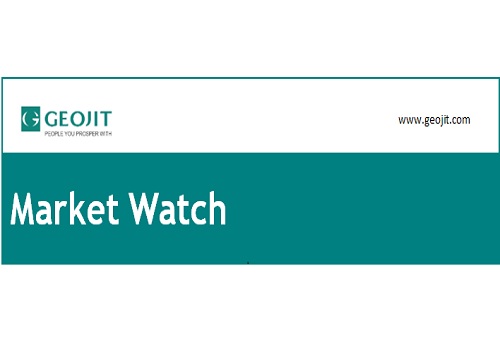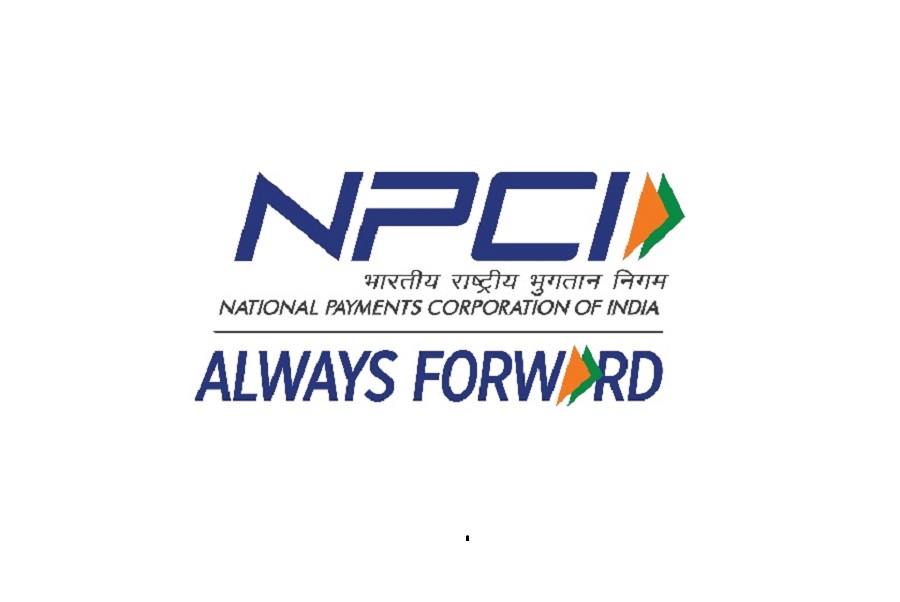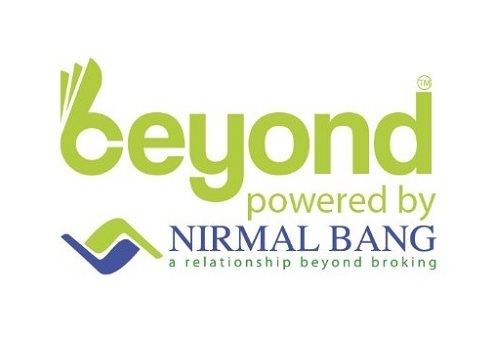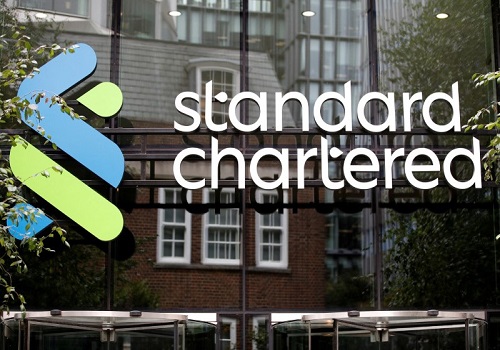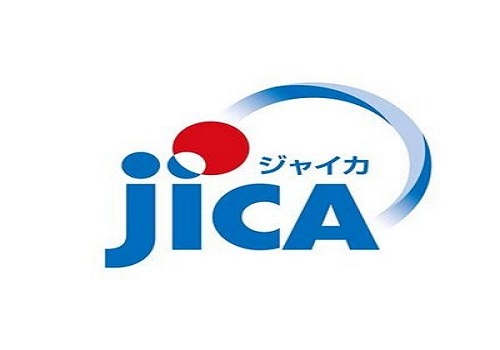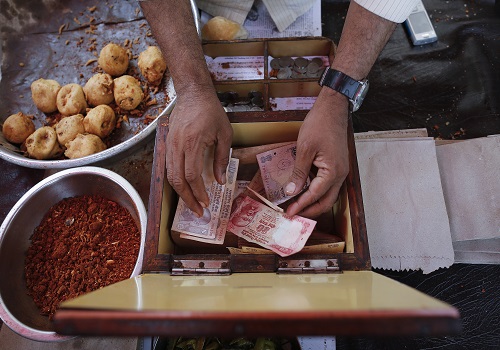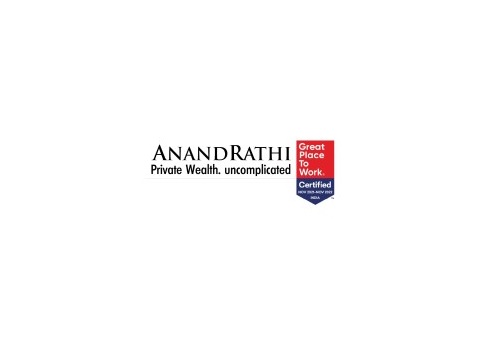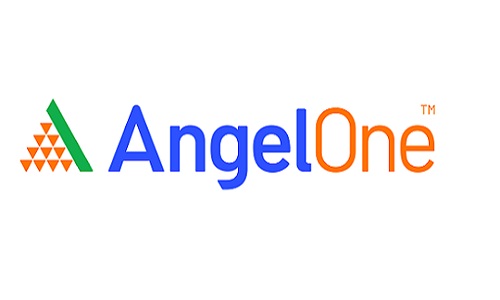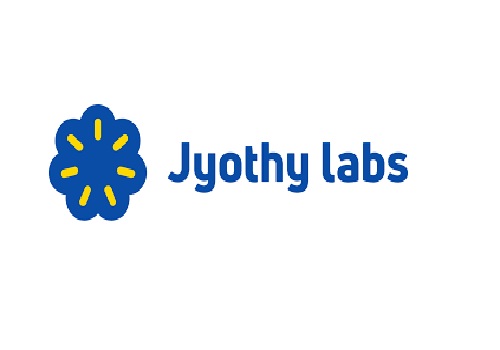Reduce Bandhan Bank Ltd For Target Rs.175 By Emkay Global Financial Services
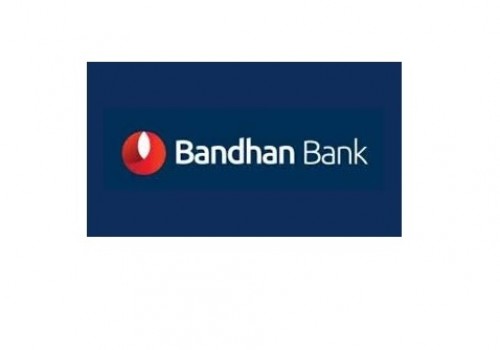
Logs a better 2Q than peers, but rising MFI stress still concerning
Bandhan Bank reported a 6% PAT beat at Rs9.4bn and RoA of 2.1%, mainly led by higher other income and lower than expected provisions – better than some peers that posted sharp earning downgrades. The bank has logged a healthy AUM growth of 22% YoY/4% QoQ, supported by growth in its secured loan portfolio (~47% of loans). Deposits too grew swiftly, by 27% YoY/7% QoQ, leading to contraction in LDR by 282bps to 88%, which in turn led to a fall of 20bps in NIMs to 7.4%. Overall gross slippages remained elevated at Rs11bn/4.4% of loans, while absence of write-offs led to a 45bps QoQ uptick in GNPA to 4.7%. Management expects slippages to stay elevated in Q3, before cooling down in Q4. The bank shall soon apply for the ECLGS claim of Rs3.5bn, apart from balance CGFMU dues of Rs3.1bn. Further, ex-SBI DMD Partha Sengupta was appointed as the new MD & CEO wef 1-Nov-24 for three years, in line with the trend of PSB bankers joining troubled private banks. We retain REDUCE on Bandhan and TP of Rs175 (1x Sep-26E ABV) amid rising MFI stress.
Secured loans foster healthy credit growth, but soften margins
Bandhan Bank has reported a healthy AUM growth of 22% YoY/4% QoQ (net credit growth of 24% YoY/4% QoQ), mainly due to higher growth in the corporate and housing segment. The MFI book declined 4% QoQ due to lower disbursements, as the management remained cautious amid rising asset quality concerns. The secured portfolio share has now reached ~47% as of Q2 which the management plans to take it up to ~50% by Mar-25. The bank’s deposits also saw swift growth, of 27% YoY/7% QoQ, leading to contraction in LDR by 282bps to 88%, which in turn led to a fall in NIM by 20bps to 7.4%. The bank has guided to 18% credit growth in FY25 and for NIM to settle in the 7-7.5% range due to rising share of secured loans.
Rising industry-wide MFI stress remains a concern
Gross slippages remain elevated at Rs11bn/4.4% of loans due to persistent stress in the MFI book which, coupled with absence of write-offs, led to a 45bps QoQ uptick in GNPA to 4.7%; collection efficiency declined slightly, from 98.5% in Jun-24 to 97.8% in Sep24. 60% of the bank’s customers are unique customers and Bandhan+4 borrowers constitute ~4.5% of the total borrowers – relatively lower than that for a few peers. Management expects slippages to remain elevated in Q3 as well, before cooling down in Q4. Credit costs in Q2 were largely in line with guidance of 1.5-2% for FY25. Of the total assessed CGFMU claim of Rs12.3bn, the bank has already received Rs9.2bn and will shortly apply for claiming balance Rs3.1bn. It shall also submit fresh claims for Rs3.5bn wrt its ECLGS portfolio.
We retain REDUCE with TP of Rs175
We fine-tune our earnings for FY25-27E, and expect the bank to clock 1.9-2% RoA – well below its historical trajectory, given rising share of secured portfolio leading to structural margin contraction and continued asset-quality issues. We retain REDUCE on Bandhan Bank with unchanged TP of Rs175 (1x Sep-26E ABV). Further, ex-SBI DMD Partha Sengupta was appointed as the new MD & CEO wef 1-Nov-24 for three years, in line with the trend of PSB bankers joining troubled private banks. Key risks: Better than expected growth driven by secured loans, and lower than expected delinquencies/LLP.
For More Emkay Global Financial Services Ltd Disclaimer http://www.emkayglobal.com/Uploads/disclaimer.pdf & SEBI Registration number is INH000000354



